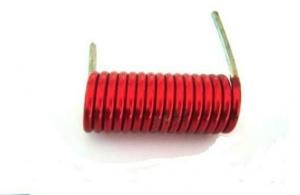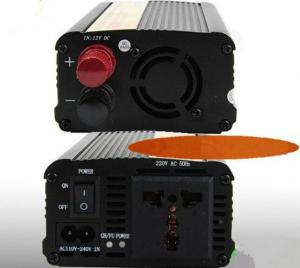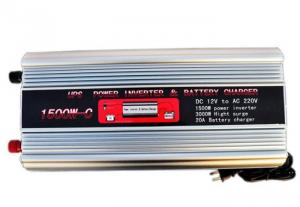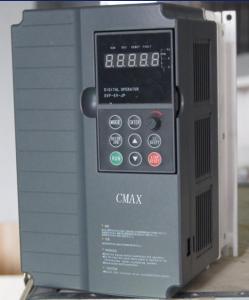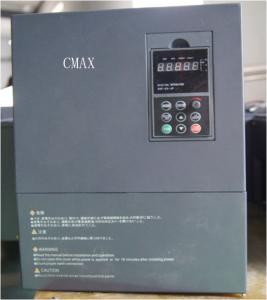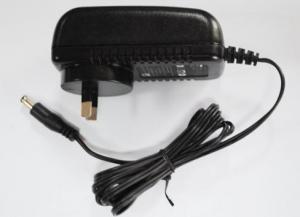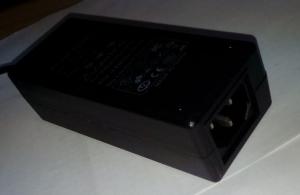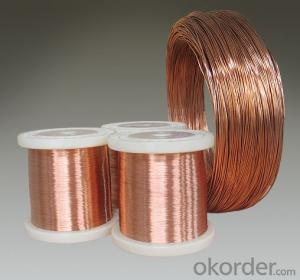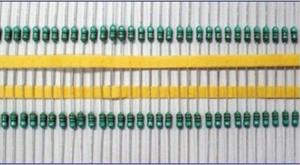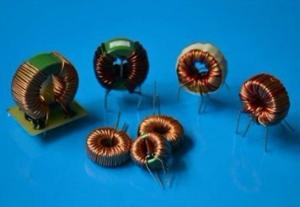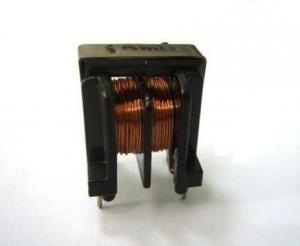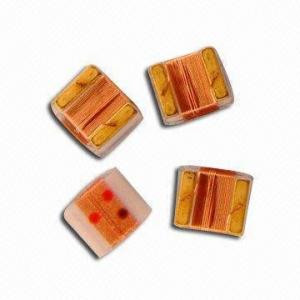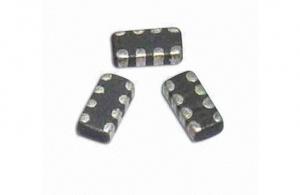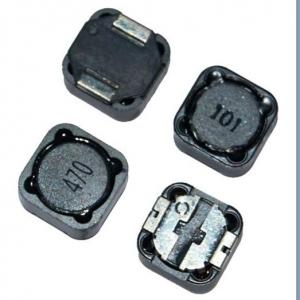Low Frequency Copper Wire Only Chock Coil
- Loading Port:
- China Main Port
- Payment Terms:
- TT or LC
- Min Order Qty:
- 3000 Pieces pc
- Supply Capability:
- 300000 Pieces per Month pc/month
OKorder Service Pledge
OKorder Financial Service
You Might Also Like
low frequency chock coil
1.Good quality and low price
2.deliver the goods on schedule
3.Radial Fixed Leaded Inductors with Inductance ranging from 0.30uH to 100mH.
4.ROHS compliance.
5.Remark:we can produce it according client's requirement
Our products have gained the international certifications, such as CQC, CE, RoHS, UL and so on, from internationally powerful authorities. We have got ISO9001 certificate. We promise to offer the best products to our clients. We look forward to cooperating with all friends for more mutual benefits.
- Q: and whyalso does that work when you open circiut a capacitor.
- An ideal inductor appears as a short to DC. Real inductors have some resistance due to the wire they are wound with. Remember the voltage across an inductor V L di/dt if I is constant V 0. An ideal capacitor will appear open to DC. It will charge up to the DC voltage that would appear across it if it were not in the circuit (thevenin voltage). Ic CdV/dt. if V is constant Ic is zero. Electolytic capacitors have some leakage current.
- Q: if the frequency is 60 Hz.
- Ohm's law tells you that V I*R, which translates to V I*Z in an AC network, where Z is impedance. We want to know the current I, which we can express as I V/Z. We know the voltage is 110V AC, so to find the current we should find the impedance and calculate it that way. Inductors have an impedance of Z L*w, where w is the frequency in radians per second. 60 Hz means you have 60 complete oscillations (cycles) per second, which is equal to 2*pi*60Hz 376.9 radians per second. Since the L of our inductor is 0.9H, our impedance must be Z 0.9H*376.9rad/s 339.23ohms of impedance. Now that we know the impedance, we calculate the current. I 110VAC/339.23ohms 324.27mA AC.
- Q: If an inductor carries 100mA DC of current when connected across a 30V DC source, then what is its resistance?
- I V / R R V / I R 30 / 100e-3 300 ohms The fact that is an inductor does not matter in presence of dc voltage. When non uniform voltage is present then this DC resistance will still be there, but there will be frequency dependent effect as well.
- Q: i dont remember the for finding (L), i have all the info to solve it but i just need the formula. anyone know it?
- L can be determined from an inductor`s physical dimensions but I can not recall the formula. However L can also be determined from certain electrical parameters. If you are dealing with a sine wave source Voltage; (X of L) 2pi f L Therefore if you were given the frequency (f) and the inductive reactance (Xof L) or have any way of calculating them from what you are given then you can calculate L. Based on the additional details: I assume that the value of the capacitor is such that it resonates with L at the given frequency f. Xof c 1/(2pi f c) At resonance (Xof L) (Xof c) Since Xof L 2pi f L then L Xof L/ 2pi f also (X of c) / 6.28 f Plug in the calculated value of (X of c) and the given value of (f) and now you can solve for the value of L.
- Q: A certain solenoidal inductor has a magnetic flux of 835 μWb through each loop of its coil when the current flowing through it equals 0.600 A. If the solenoid has 125 loops, what is its inductance (H)?
- Magnetic flux Φ is calculated by Magnetic Circuits Ohms Law Φ F_M/R_M N I /R_M where Φ is magnetic flux in Webers (Wb). F_M is magneto-motive force in Ampere-Turns (A?T). F_M N I N is number of turns on solenoid in turns (T). I is current in solenoid in Amps (A) R_M is reluctance in A?T/Wb. Solve for reluctance. R_M N I /Φ 125 turns * 0.600 A/ 835 μWb 75A?T/ 835 μWb 89820 A?T/Wb Inductance L N^2/R_M (125 turns)^2/89820 A?T/Wb 0.174H
- Q: I just want to know if i got the general idea of inductors downthey store current energy because when a magnetic field is running through the coils, a current is induced and adds up proportionally to the number of coils? does that explain how inductors store energy?
- How Inductors Work
- Q: A generator is connected to a resistor and a 0.047-H inductor in series. The rms voltage across the generator is 8.7 V. When the generator frequency is set to 160 Hz, the rms voltage across the inductor is 1.8 V. Determine the resistance of the resistor in this circuit.
- Resistor Inductor
- Q: A 9.5 H inductor carries a current of 1.8 A. At what rate must the current be changed to produce a 60 V emf in the inductor?
- emf for inductor: emf L(di/dt) 60 9.5 (di/dt) (di/dt) 6.32 A/s
- Q: i should how to answer about this question this is about the inductor question hope someone can help me thank you
- izzit you ah ming?
- Q: Explain the difference between the two quantities.
- Impedance can have both resistive and either inductive or capacitive components (in electrical engineering-speak, we give the impedance as a complex number for a given frequency).
1. Manufacturer Overview
| Location | Shenzhen, Guangdong, China (Mainland) |
| Year Established | 2006 |
| Annual Output Value | US$2.5 Million - US$5 Million |
| Main Markets | North America; South America; Eastern Europe; Southeast Asia; Africa; Oceania; Mid East; Eastern Asia; Western Europe; Central America; Northern Europe; Southern Europe; South Asia; Domestic Market |
| Company Certifications | CE Certificates |
2. Manufacturer Certificates
| a) Certification Name | |
| Range | |
| Reference | |
| Validity Period |
3. Manufacturer Capability
| a) Trade Capacity | |
| Nearest Port | Shekou,Yantian |
| Export Percentage | 51% - 60% |
| No.of Employees in Trade Department | 3-5 People |
| Language Spoken: | English, Chinese |
| b) Factory Information | |
| Factory Size: | 3,000-5,000 square meters |
| No. of Production Lines | 9 |
| Contract Manufacturing | OEM Service Offered Design Service Offered Buyer Label Offered |
| Product Price Range | Average |
Send your message to us
Low Frequency Copper Wire Only Chock Coil
- Loading Port:
- China Main Port
- Payment Terms:
- TT or LC
- Min Order Qty:
- 3000 Pieces pc
- Supply Capability:
- 300000 Pieces per Month pc/month
OKorder Service Pledge
OKorder Financial Service
Similar products
Hot products
Hot Searches
Related keywords
